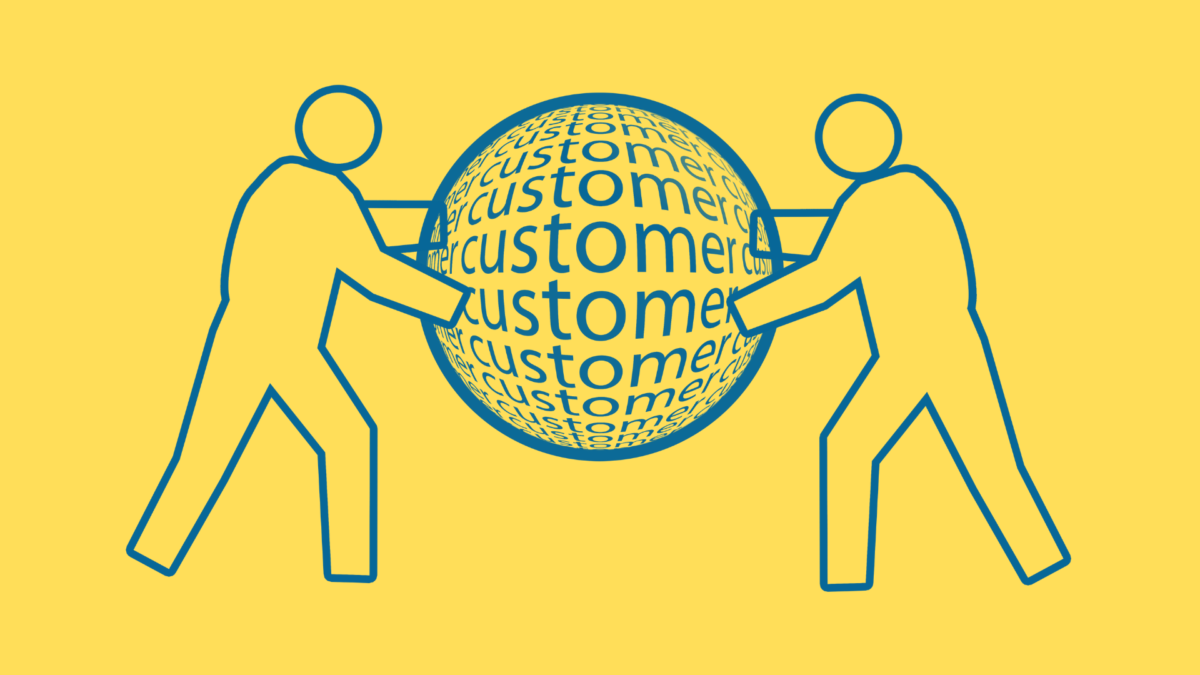Ever since the Industrial Revolution, it has been an unspoken truth that businesses need to create products and services that they believe will be of use to their customers. And in order to do so, they need to understand what their customers need and want.
Product teams strive to stay up to date with market trends and ensure they’re in tune with the customer for whom they’re building products. But as companies grow, they tend to become further removed from the customer, shifting focus to internal processes and technologies. To combat this, Wizeline’s cofounder, Wendy Johansson, argues that instead of exclusively seeking product managers with engineering backgrounds, Johansson believes that those with empathy and user research backgrounds can better keep organizations aligned with customers.
Nailing the ‘trifecta’
In a recent three-part interview, Johansson explains how her user experience background gives her a unique perspective. Instead of thinking “what is the problem in the system?” she has the mentality of “what is the problem for the user?” Framing the product strategy this way enables her team to better understand customers’ desired activities and goals, even as her own organization scales.
According to Wendy Johansson, product teams need to continuously track evolving customer activities while simultaneously supporting those activities with an evolving product. To do so, organizations should let a product owner, engineering lead, and UX lead collectively set the roadmap. She calls this the ideal ‘trifecta’ and asserts that such a blend of experts has led to the creation of better and more performant systems.
Keeping stakeholders aligned
Since product managers work across many different teams and levels within the organization, it’s often difficult to keep everyone aligned around the same mission and ideals. As Johansson describes, great product managers operate as the solvent that breaks down barriers between teams and, perhaps more importantly, between customers and the company.
As organizations grow, layers begin to form within them and each layer has different, and sometimes competing, goals. These layers become useful within an organization because they complement each other and ensure that value is actually being delivered back to the company. Johansson describes how product managers should navigate and leverage other teams to champion best practices and communicate customer trends. She illustrates one particular way that enables Wizeline to align their organization around long-term product goals:
“Our sales team will get on calls and chat with people and find out their needs and problems and be able to match that up with either existing features that are already on our roadmap in Wizeline, or go ahead and submit new requests.”
Johansson’s team relies on this feedback loop to inform what features to prioritize on the roadmap.

Customer-informed roadmaps
Weekly product roadmap updates can inform key stakeholders whether or not you’re building the things they asked for, Johansson says. But it’s critical to explain and justify your decisions if you want to maintain rapport. She thinks sales teams, in particular, can help product managers do so. Product managers should educate sales teams on how to identify not just the immediate problem that customers face, but the set of activities and processes that define their overall workflows.
When defining customer-informed roadmaps, it’s important to maintain a balance between agility and reactivity. Without understanding the big picture and long-term vision for delivering customer value, product teams risk over-optimizing for the short-term by too quickly reacting to short-sighted market feedback.
The customer-centric approach is a shift in business management to focus on the needs of the customer. The old model of one-sided marketing has shifted to giving customers what they want in the channels they want it in.


Leave a Reply